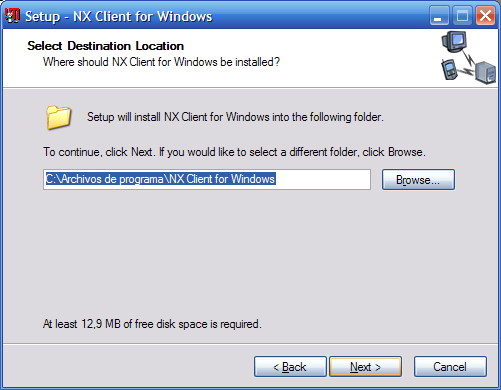

Under configuration options, you will want to select the "GNOME" desktop to connect to one of the workstations. To connect to a machine, run nxclient (/usr/NX/bin on linux installs). For example, if you are working on a Windows machine and wish to connect to a Linux machine, you should download the NX client for Windows. You should choose the appropriate client that corresponds to the machine you wish to connect from. To use FreeNX you must have a server installed on the machine you wish to connect to, and a client installed on the machine you wish to connect from.Ĭlients exist for OS-X (Mac), Windows, and various flavors of Linux. So network performance is definitely the bottleneck for 3D graphics.Īlso I must note that VNC operates only with 2D graphics: it has a very simple protocol that consists mostly of commands like "show this rectangular image on that coordinates", so it definitely won't show any 3D performance.FreeNX ( for Ubuntu instructions) is a system that allows you to access your desktop remotely.

To compare, I also run glxgears native and it showed around 8000 on Linux host and IIRC 500 on Xming with ported glxgears (that was about a year ago and Xming performance may be better now). In both cases it displayed very chopped animation and FPS values around 30 or 50. Network was 100Mbit, graphics card was NVidia GeForce FX 5200 (that's not a very recent card, but it definitely can handle glxgears), and both computers have PIV class processors and around 1Gb of RAM through for these two limits were not reached. The configurations I tested included both Xming (Xming is really ported Xorg) on Windows + X clients on Linux and both Xorg and clients on Linux. This happens because all accelerated graphics drivers do not really transmit any 3D data through the network (even if this is loopback or even UNIX abstract socket) but do some direct rendering.

I tried transmitting 3D graphics over the network one time and figured out one thing: performance is bad.


 0 kommentar(er)
0 kommentar(er)
